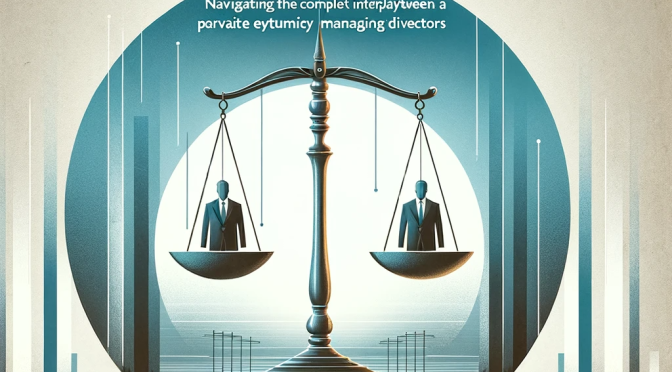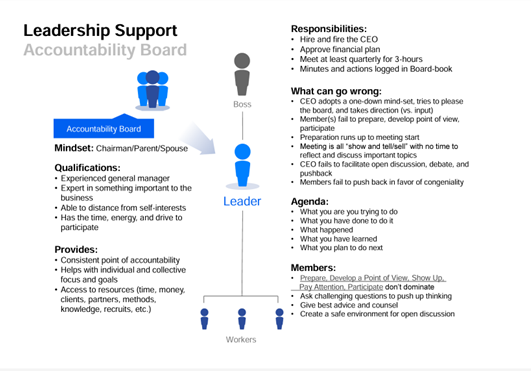Periodic reviews are critical for keeping important initiatives, functions, and projects on track in an organization. However, maximizing the value from these review meetings takes thoughtful effort from both the reviewers and those presenting their work (the reviewees).
Too often, one or both do not put in the necessary preparation, resulting in an unproductive meeting. By understanding and executing on the key responsibilities for each role, reviews can be transformed into productive learning experiences.
Responsibilities of the Reviewer
- As the reviewer, you have the vital role to create an environment conducive to an open and honest discussion. This starts well before the meeting with your careful review of pre-read materials sent ahead of time. Use this to develop informed questions and hypotheses to pressure test during the meeting itself.
- A best practice is to share your initial questions and perspective with the reviewee in advance. This allows them to understand where you are coming from, hone their thinking, and essentially start the review meeting before it officially begins. Provide this helpful framing upfront for a much more productive dialogue in the review.
- Once in the meeting, resist the urge to jump straight to your pre-conceived notions. Instead, actively listen to the reviewee’s presentation with an open mind. Ask clarifying questions to ensure you fully understand the current state and ask well formulated questions to push up thinking, before offering opinions or advice. The best reviewers make the reviewee feel heard and can see the situation through their eyes.
- With this common understanding established, then it’s time for the hard questions. Don’t hold back – apply pressure to the reviewee’s thinking by challenging assumptions, identifying gaps or inconsistencies, and pushing them to consider alternative perspectives. However, do this in a constructive way, separating the person from the points.
- Finally, provide clear guidance on the path forward, explaining your thought process. But also be open to any final thoughts from the reviewee before conclusively setting expectations. The review should be a two-way dialogue (which is, literally, a quest for truth!).
Responsibilities of the Reviewee
- Presenting during a high-stakes review meeting is highly stressful. However, reviewees must resist the urge to treat it as a one-way presentation. Effective reviewees embrace the meeting as a collaborative problem-solving session by being vulnerable and open to feedback.
- The preparation should focus not just on materials summarizing the current state, but also anticipating the tough questions reviewers are likely to ask. Be ready to back up your assumptions, analysis, and recommendations with data and reasoning. However, avoid being overly attached to your original ideas – maintain an open mindset to altogether change course based on the discussion.
- During the meeting, reviewees should temporarily park their leadership responsibilities. Resist giving into the urge to justify everything. Instead, actively listen (i.e., repeat back to the speaker what you heard) to be sure you understand reviewers’ perspectives, concerns and recommendations with a beginner’s mindset, as if hearing it for the first time. Ask clarifying questions, take detailed notes, and extend the discussion with a genuine desire to learn.
- With reviewers’ guidance absorbed, the hard work is still ahead. Reviewees must internalize and quickly implement the suggestions, updating their plans or re-doing analysis as needed. Note: a poor previous approach is no excuse for reverting – reviewing your team’s work in a new light is a vital skill.
Summary
High quality reviews are hard work for both parties. Reviewers must create a psychologically safe environment, genuinely understand the current state before reacting, and then push reviewees’ thinking while providing clear guidance.
Reviewees in turn must be vulnerable, keeping an open mind to altogether pivot based on the discussion and immediately implement the feedback through more work. Shirking these responsibilities leads to disastrous review meetings that simply check a box. Whereas, embracing the mindsets and following the suggestions above turns reviews into powerful tools for accelerating success.





 David Halwig, IntelliVen Co-Founder and President of Mid-Atlantic Region, provides strategic management consulting and advisory services to
David Halwig, IntelliVen Co-Founder and President of Mid-Atlantic Region, provides strategic management consulting and advisory services to 
